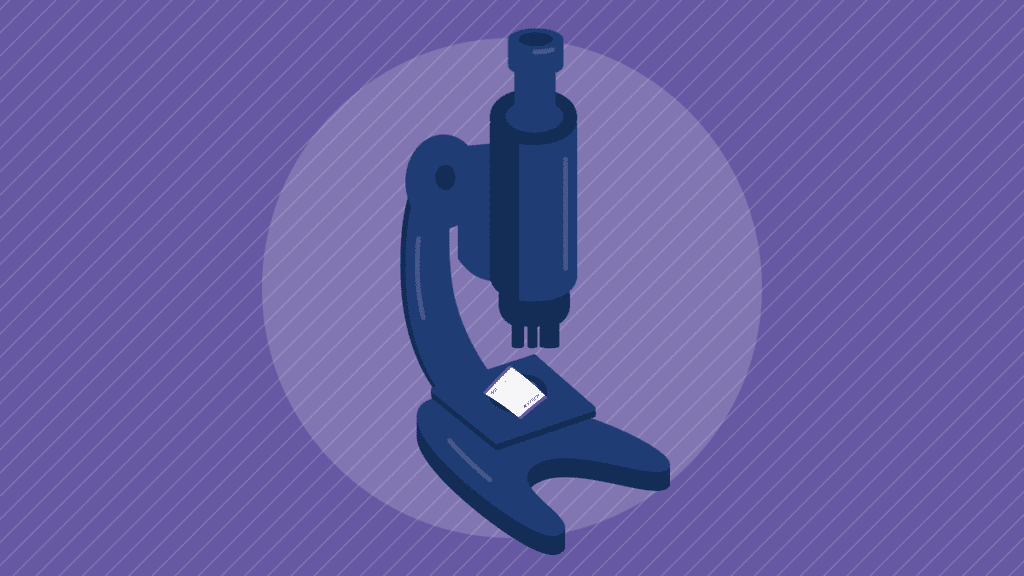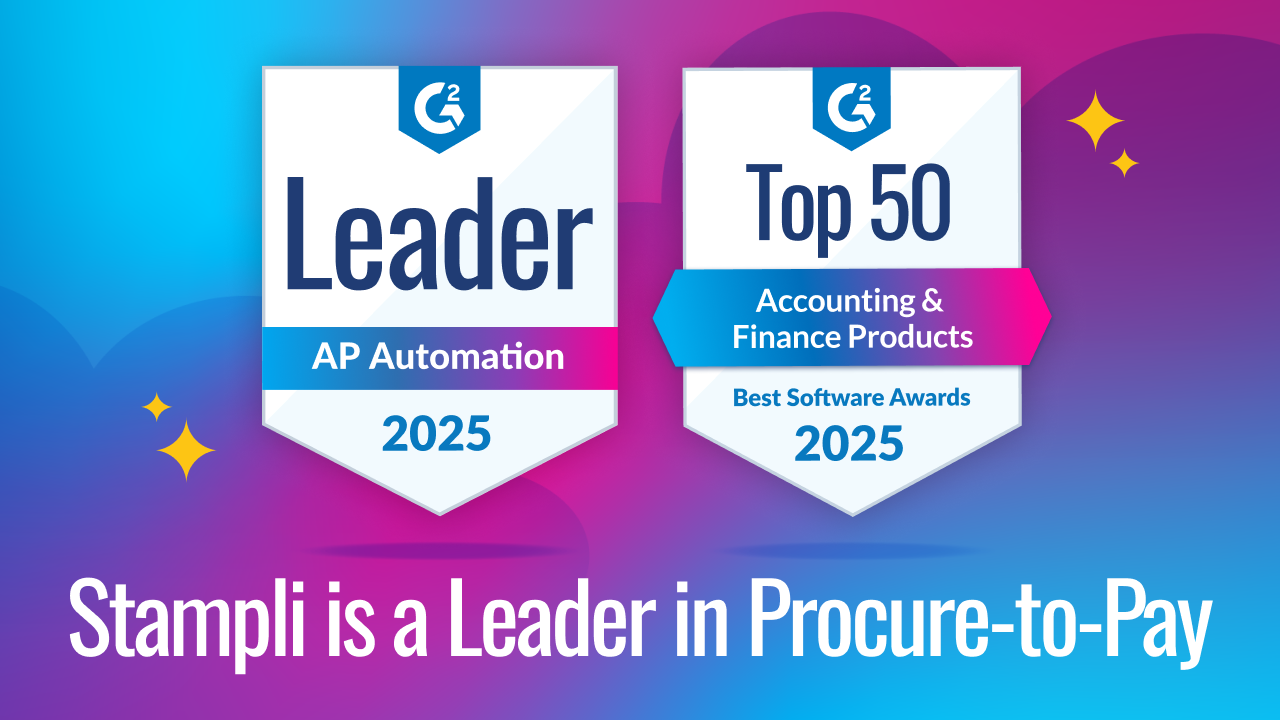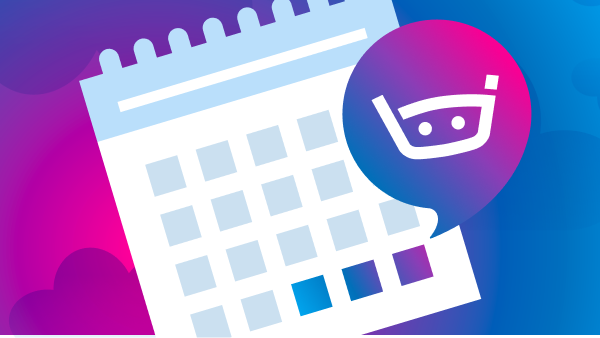Accounts Payable Statistics and Trends to Watch in 2021


In 2021, it’s safe to say that the world of accounts payable is more complex and, sometimes, more perilous than ever.
The ongoing COVID-19 pandemic has profoundly impacted so many parts of the world, including accounting, with fraud increasing. But the past year has also witnessed continued strides within AP, with automation innovations like AI, machine learning, and improved UX helping companies navigate difficult times.
Let’s take a look at some accounts payable statistics for three broad trends.
Trend No. 1: Accounting Fraud, Already an Issue, Has Likely Worsened Amid COVID-19
If companies aren’t a little suspicious of their accounting staff, they probably should be, as the Association of Certified Fraud Examiners’ (ACFE) Report to the Nations 2020 Global Study on Occupational Fraud and Abuse illustrated.
Corporate fraud can happen in any number of different departments, as ACFE illustrated, from boards of directors to warehouses to customer service. One of the most common departments where fraud occurs, though, is accounting.
In its 2020 study, which examined 2,504 instances of fraud between the beginning of 2018 and September 2019, ACFE found that 14% (277 total) originated in accounting departments, with only operations departments higher at 15%. Fraud schemes varied within accounting, with the three most popular being billing at 32% of cases, check tampering and payment at 27%, and corruption at 24%, to cite a few sobering accounts payable statistics.
Whatever the method, accounting fraud cost companies dearly, with a median loss of $200,000 per instance, according to the ACFE study. The study also noted average losses of $1,109,000, suggesting that when losses exceeded the median, they were far above it.
How COVID-19 Has Increased the Risk of Accounting Fraud
Clearly, fraud has been endemic to the accounting world for a long, long time. But it’s equally clear that the problem has intensified since the onset of the COVID-19 pandemic in early 2020.
A legal news site noted a December 2020 survey by ACFE which “found a range of organizations said they had seen an upward trend in fraud over the second half of 2020 and 90% of participants expected that to increase over the next 12 months.” The Federal Trade Commission also reported that payments fraud soared by 47% in 2020, according to accounts payable statistics cited on PYMNTS.com.
“We’re also seeing more fraud rings and more sophisticated fraud happening, whether it’s going after governmental secrets to social engineering or just classic onboarding and attacking accounts and taking over accounts,” one tech industry executive told that website.
Leveraging AP Data to Fight Fraud
Companies need to be proactive in their analysis and monitoring of data for signs of potential fraud, with ACFE noting that companies that took charge early tended to stop their frauds sooner and lose less money.
One great way companies can do this is by really digging into their accounts payable statistics. How to do this digging? Automation can help, as we’ll illustrate below.
Trend No. 2: AI and Other Elements of AP Automation are Becoming More Common
It’s safe to say the technological revolution in accounts payable is still very much underway. That said, the benefits of automation are getting to be well-known. And in time, elements of AP automation such as artificial intelligence, or AI, could bring sweeping changes to the field.
Common Uses for AI and Machine Learning in AP
At the most basic level, robots can do the jobs that humans don’t want to do in accounting, such as document scanning (with workers notoriously loathing data entry.)
Use of robots goes far beyond document scanning, however, with automation platforms starting to use artificial intelligence robots, such as Stampli’s Billy, to pore through myriad invoices and transactions. Machine learning enables AI to learn patterns and trends within all the numbers and can also flag outlier transactions as signs of possible fraud.
Applications go beyond fraud prevention as well, with IOFM noting that AI can improve decision-making and enhance forecasting. This helps serve a vital need for accounts payable.
Three-Way Matching: Getting Easier With Automation
Ideally, accounts payable staff should pay bills not just when an invoice arrives, but when they’ve grouped it with the PO and receipt report for the transaction, a process known as three-way matching. It ensures the validity of a transaction and that a company is not just paying a phantom, fraudulent invoice.
But three-way matching isn’t as widespread as it should be overall. To some extent, it’s understandable for companies still doing the bulk of their AP work manually, as three-way matching can be quite cumbersome when done by hand. Automation can help with three-way matching, though, with the software grouping and storing the documents together.
Cleaner Reconciliations
As often as they can, accounting staff should also perform reconciliations to make sure general ledger amounts match up. It’s not just smart business, but as ACFE pointed out in its study with two promising accounts payable statistics, it can cut the median fraud duration in half from 14 months to 7 months and also reduce the median loss to $81,000.
Reconciliation wouldn’t appear to be as common as it should be, though, with ACFE saying it detected occupational fraud just 4% of the time, as opposed to 43% from good old-fashioned tips, to note one of the starker discrepancies for accounts payable statistics here. Some of the discrepancy might be due to reconciliations sometimes having to be done with multiple programs, though PYMNTS.com pointed out in March 2021 that automation can help “make it unnecessary to swap between many different applications.”
Trend No. 3: More Focus on Better UX
UX, or user experience is a core element of web design. And there’s a stronger emphasis on it these days in accounts payable and AP automation, with an understanding that accounting teams might be broad and distributed, with a range of remote team members with varying degrees of tech-savvy.
Perhaps in the past, companies could get by with having complicated accounting systems that needed the knowledge of a computer programmer to operate. Today, however, companies need AP automation systems today that can work for everyone.
Good UX Can Improve Team-Based Work
Bad things can happen in accounting when too much trust is placed in one employee’s hands or when they refuse to yield control of projects. As ACFE noted in its study, in fact, the latter is one of the more common behavioral red flags for fraud perpetrators, present in 15% of them, to cite one of the more frightening accounts payable statistics.
Happily, technology seems to be allowing for easier collaboration in accounting work, with AP automation able to automatically route invoices to team members and to allow organizational leaders to create customizable workflows. Solutions like Stampli are designed for a seamless user experience at both the team and individual level, with easy signature collection and approvals on mobile devices.
Payment Options Just Keep Proliferating
Stampli’s payment agnostic solution, Stampli Direct Pay operates with the knowledge that part of a good user experience is also about people being free to pay bills however they like. It’s a recognition, too, of the state of payables in 2021.
As a whitepaper that Stampli recently commissioned showed, there are more ways to make B2B payments than ever. This spans from the continuing pitched battle between electronic payments and paper checks to emerging methods such as virtual payments or ghostcards.
More changes to the could be coming to the world of accounts payable as well, with a recent study showing that nearly half of companies plan “to adopt technologies that will grant them real-time access to payments data in the next three years.”
Growing Awareness That Tech Can Help AP Get to the Next Level
Gone are the days where AP automation was some greenfield technology being pitched to skeptical corporate customers.
These days, businesses have keen awareness that technology will help AP get to its next level of performance. More and more businesses understand that AP automation is what they need to bring good accounts payable statistics to fruition and build toward better AP overall.
AP automation in-step with the latest trends. Try Stampli today.




